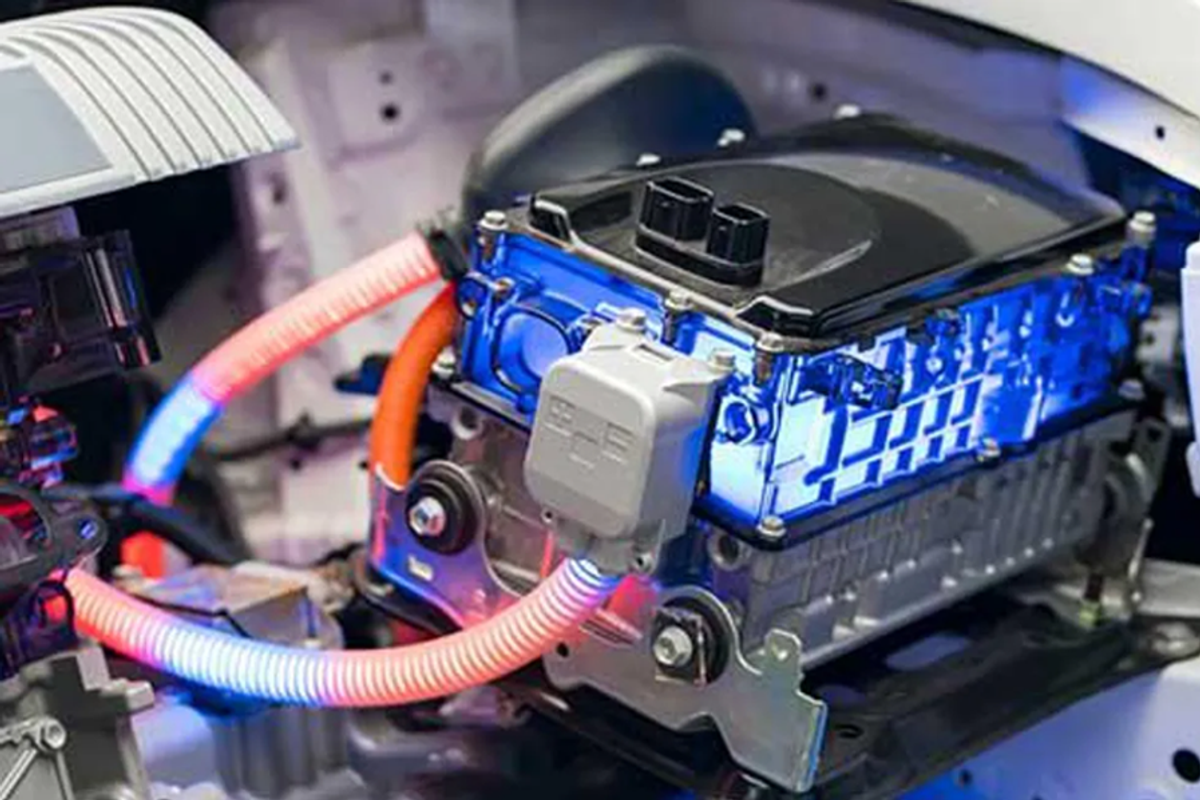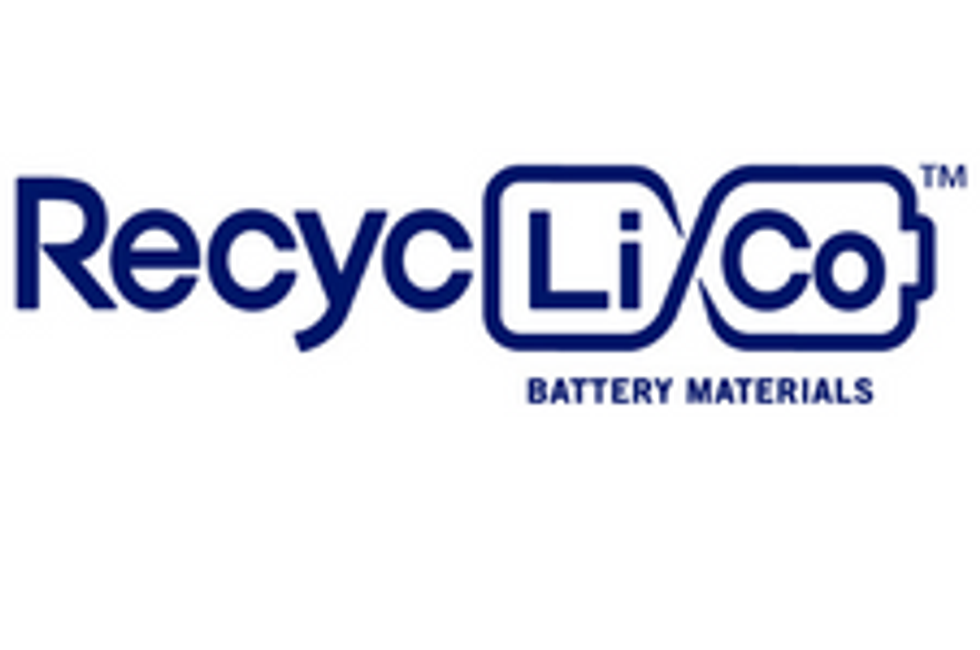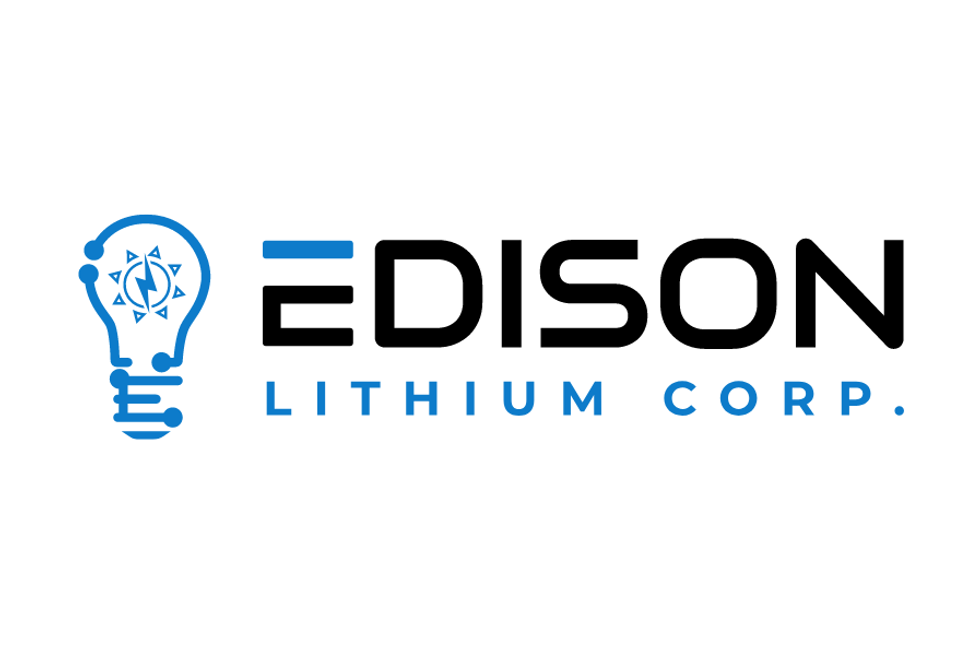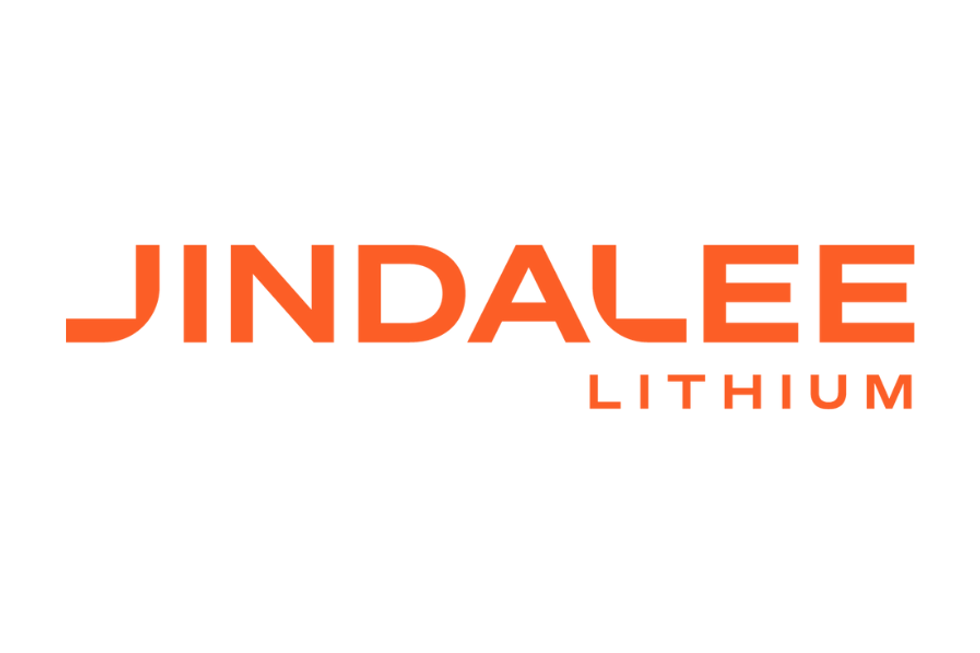- AustraliaNorth AmericaWorld
Investing News NetworkYour trusted source for investing success
- Lithium Outlook
- Oil and Gas Outlook
- Gold Outlook Report
- Uranium Outlook
- Rare Earths Outlook
- All Outlook Reports
- Top Generative AI Stocks
- Top EV Stocks
- Biggest AI Companies
- Biggest Blockchain Stocks
- Biggest Cryptocurrency-mining Stocks
- Biggest Cybersecurity Companies
- Biggest Robotics Companies
- Biggest Social Media Companies
- Biggest Technology ETFs
- Artificial Intellgience ETFs
- Robotics ETFs
- Canadian Cryptocurrency ETFs
- Artificial Intelligence Outlook
- EV Outlook
- Cleantech Outlook
- Crypto Outlook
- Tech Outlook
- All Market Outlook Reports
- Cannabis Weekly Round-Up
- Top Alzheimer's Treatment Stocks
- Top Biotech Stocks
- Top Plant-based Food Stocks
- Biggest Cannabis Stocks
- Biggest Pharma Stocks
- Longevity Stocks to Watch
- Psychedelics Stocks to Watch
- Top Cobalt Stocks
- Small Biotech ETFs to Watch
- Top Life Science ETFs
- Biggest Pharmaceutical ETFs
- Life Science Outlook
- Biotech Outlook
- Cannabis Outlook
- Pharma Outlook
- Psychedelics Outlook
- All Market Outlook Reports
Not All Lithium is Created Equal: The Importance of Sustainability in Lithium Production

As lithium demand grows, priority will be given to the supply chain that offers the cleanest of clean vehicles and renewable energy storage.
As the world progresses toward a low-carbon future, the demand for battery metals is expected to rise exponentially. According to a GlobalData report, global demand for lithium is expected to reach 117,400 tonnes by 2024, or 625,000 tonnes of lithium carbonate equivalent (LCE).
This large rise in demand over 2020 is driven primarily by a surge in electric vehicles (EVs) powered by lithium-ion batteries. However, not all lithium is mined or refined the same. As the demand for lithium heightens, so does the demand for environmentally friendly extraction technology that meets both present and future needs.
Despite the economic setbacks brought about by the COVID-19 pandemic, 2020 marked what many experts believe will be the decade for lithium and other battery metals. With the EV market growing stronger by the day, the trend of declining lithium prices has all but disappeared, with prices soaring by 51.61 percent since the beginning of 2021. According to Benchmark Mineral Intelligence, the total demand for lithium across all applications is expected to increase to over 400,000 tonnes of LCE in 2021. However, a spike in demand raises a number of environmental concerns regarding the production and processing of critical battery metals, especially lithium and cobalt.
In the wake of Hyundai’s and Chevy’s large-scale Chevy Volt battery recall, the importance of environmental, social and governance (ESG) factors in lithium investing is at an all-time high. ESG investing involves investing in sustainability itself, and can generate positive returns while having a long-term impact on society or the environment.
Keeping up with the rise of the electric vehicle market
More than 2 million battery electric and plug-in hybrid electric cars were sold in 2019. According to recent insights by Wood Mackenzie, the global energy transition will tie together established markets with emerging power sources of the future, culminating in 300 million electric passenger vehicles by 2040, with EV or hybrid vehicles representing 38 percent of all vehicle sales. The rise of the EV market can be reflected by the explosive growth of companies like Tesla (NASDAQ:TSLA), which saw more than a 600 percent increase in its stock in 2020. With a market cap of more than US$800 billion, Tesla is now one of the most influential companies in the world.
With a newly Democratic US government and its recent flurry of climate orders, it has become clear that the future of transportation and energy production is electric. In fact, US President Joe Biden has announced plans to replace the government’s official vehicle fleet with EVs assembled in the US. Over the past year, original equipment manufacturers (OEMs) have invested billions of dollars into the development of new electrified models. As consumers continue to expand past the traditional internal combustion engine to more eco-friendly and forward-thinking technologies, major players in the automotive industry have taken notice, with Ford (NYSE:F) electrifying its iconic Mustang and General Motors (NYSE:GM) planning to release its first-ever electric Hummer. Further, General Motors now plans to produce only electric vehicles by 2035.
Energy storage is experiencing a similar transition. Many industry experts recall when Tesla upgraded South Australia’s energy grid within a mere 63 days, introducing a 100MV lithium-ion battery — the largest of its kind in the world — that is capable of coming to life as the state’s backup power source within less than a second. The renewable mega-battery stabilizes South Australia’s energy grid in the event of unexpected shutdowns of coal-powered plants or wind farms, while also cutting energy costs for South Australian residents. In December 2017, when a major coal generator slipped out of operation, Tesla’s lithium battery prevented a large-scale blackout. It was recently announced that a closed coal mine in the Hunter Valley north of Sydney — the heart of coal mining in Australia — will host the world’s largest lithium ion battery.
The environmental impact of clean energy
Like most batteries, lithium-ion cells rely on raw materials. As major governments around the world introduce a range of policies to promote the uptake of EVs, experts are keeping an eye on what has become a growing mineral crisis driven by environmental and, in the case of cobalt, human rights concerns. One of the primary environmental concerns regarding lithium extraction is the copious amounts of groundwater it requires. In fact, battery production means that manufacturing an EV is 50 times more water-intensive than traditional internal combustion engines. Lithium extraction can also have detrimental effects on the surrounding soil and air quality, often contaminating nearby streams used for livestock and crop irrigation.
By the year 2025, lithium demand is expected to increase to roughly 1.3 million tonnes of LCE — more than five times today’s level. The Volkswagen Group (ETR:VOW3) plans to launch more than 70 electrified models over the next decade, with a host of other automakers having similar goals. Companies like Lake Resources (ASX:LKE,OTCQB:LLKKF) have partnered with technology firms to develop breakthrough direct-lithium-extraction technologies that have demonstrated high purity lithium products and rapid processing times while reducing both costs and its own environmental footprint. The company is aiming to dramatically increase output, with an aspirational target of 100,000 tonnes per year LCE in 2030, to meet the growing lithium demand by relying on direct lithium extraction over its four wholly owned lithium brine projects within the Lithium Triangle — a swath of land responsible for more than 40 percent of the world’s lithium supply.
Similarly, companies like Standard Lithium (TSXV:SLL) are hoping to tap into US domestic lithium resources using their own patent-pending direct lithium extraction processes that leave a significantly smaller carbon footprint compared to conventional evaporation pond processes.
Takeaway
Investors looking to gain exposure in the battery metals sector can still find significant innovation. As the demand for lithium continues to grow, priority will be given to the supply chain that offers the cleanest of clean vehicles and renewable energy storage, while maintaining high quality products. Environmentally friendly extraction technology may bridge the gap between supply and demand by accelerating access to and production from new deposits.
This INNSpired article is sponsored by Lake Resources (ASX: LKE,OTCQB:LLKKF). This INNSpired article provides information which was sourced by the Investing News Network (INN) and approved by Lake Resourcesin order to help investors learn more about the company. Lake Resources is a client of INN. The company’s campaign fees pay for INN to create and update this INNSpired article.
This INNSpired article was written according to INN editorial standards to educate investors.
INN does not provide investment advice and the information on this profile should not be considered a recommendation to buy or sell any security. INN does not endorse or recommend the business, products, services or securities of any company profiled.
The information contained here is for information purposes only and is not to be construed as an offer or solicitation for the sale or purchase of securities. Readers should conduct their own research for all information publicly available concerning the company. Prior to making any investment decision, it is recommended that readers consult directly with Lake Resources and seek advice from a qualified investment advisor.

Lake Resources Investor Kit
- Corporate info
- Insights
- Growth strategies
- Upcoming projects
GET YOUR FREE INVESTOR KIT

Lake Resources Investor Kit
- Corporate info
- Insights
- Growth strategies
- Upcoming projects
GET YOUR FREE INVESTOR KIT
Outlook Reports
Featured Lithium Investing Stocks
Browse Companies
MARKETS
COMMODITIES
| Commodities | |||
|---|---|---|---|
| Gold | 2390.86 | +0.85 | |
| Silver | 28.67 | +0.01 | |
| Copper | 4.52 | +0.05 | |
| Oil | 83.24 | +0.51 | |
| Heating Oil | 2.55 | +0.01 | |
| Natural Gas | 1.76 | 0.00 | |
Investing News Network websites or approved third-party tools use cookies. Please refer to the cookie policy for collected data, privacy and GDPR compliance. By continuing to browse the site, you agree to our use of cookies.





